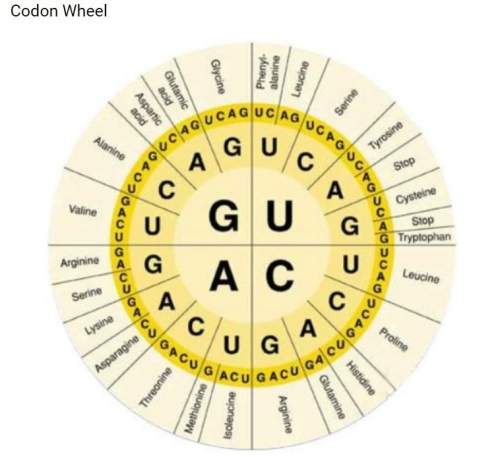
QUESTION 21
1.We transformed E coli cells with a plasmid modified to contain a ‘virulence factor’ which would allow growth on media containing the antibiotic kanamycin (Kan). The plasmid confers constitutive resistance to ampicillin (Amp). The bacterial experiment is about understanding whether such a ‘virulence factor’ confers physiological adaptation to Kan or whether the development of resistance can be explained by random mutations.
For each independent transformation we re-suspended the cells from three colonies in Luria broth. For each suspension of cells we plated 100 microliters on a Kan plate. To estimate the number of cells seeded on each Kan plate we made serial dilutions that were plated on Amp plates and we counted the number of cells growing on them. From this we extrapolated how many cells had been seeded on the Kan plate. Then we normalised the Kan results for all the plates, assuming that every plate had been seeded with 10^5 cells. The table below shows the results.
Normalised number of colonies per Kan plateObserved N of plates
0156
1110
285
371
415
52
61
70
82
90
103
110
121
161
601
791
831
Using these observed numbers and assuming a Poisson distribution, what is the expected number of plates with 5 Kanamycin resistant colonies?
1.450
2.5.18
3.1.00
4.14.43
5.2.00
QUESTION 22
1.Using these observed numbers and assuming a Poisson distribution we have calculated the expected number of plates for each category (each row of the table above is a category). We have used the Chi-square statistic to test whether the observed number of plates per category are in agreement with the Poisson distribution. Note that to respect the mathematical assumptions of the Chi-square, we have combined into one all categories with 6 or more colonies per plate. The Chi-square = 167.60.
How many degrees of freedom apply to this particular calculation of the Chi-square test?
1.5
2.1
3.2
4.6
5.4
6.3
7.7
QUESTION 23
1.Using these observed numbers and assuming a Poisson distribution we have calculated the expected number of plates for each category (each row of the table above is a category). We have used the Chi-square statistic to test whether the observed number of plates per category are in agreement with the Poisson distribution. Note that to respect the mathematical assumptions of the Chi-square, we have combined into one all categories with 6 or more colonies per plate. The Chi-square = 167.60.
Based on the result of the Chi-square test, does the observed number of kanamycin resistant colonies per plate follow a Poisson distribution?
1.The analysis has shown that there is a significant difference between the expectations of a Poisson distribution and the number of colonies per kanamycin plate that we observed
2.The analysis did not shown whether there might be a significant difference between the expectations of a Poisson distribution and the number of colonies per kanamycin plate that we observed
3.The analysis has shown that there is not a significant difference between the expectations of a Poisson distribution and the number of colonies per kanamycin plate that we observed
4.The analysis has shown that there might be a significant difference between the expectations of a Poisson distribution and the number of colonies per kanamycin plate that we observed
QUESTION 24
1.Using these observed numbers and assuming a Poisson distribution we have calculated the expected number of plates for each category (each row of the table above is a category). We have used the Chi-square statistic to test whether the observed number of plates per category are in agreement with the Poisson distribution. Note that to respect the mathematical assumptions of the Chi-square, we have combined into one all categories with 6 or more colonies per plate. The Chi-square = 167.60.
Taking into account how the Poisson distribution relates to the expectations of physiological adaptation or of genetic mutation, how does the cloned virulence factor confer resistance to kanamycin?
1.A Poisson distribution was expected under the hypothesis of physiological adaptation. Therefore, genetic mutation is the mechanism responsible for the resistance to kanamycin.
2.A Poisson distribution was expected under the hypothesis of genetic mutation. Therefore, genetic mutation is the mechanism responsible for the resistance to kanamycin.
3.A Poisson distribution was expected under the hypothesis of genetic mutation. Therefore, physiological adaptation is the mechanism responsible for the resistance to kanamycin.
4.A Poisson distribution was expected under the hypothesis of physiological adaptation. Therefore, physiological adaptation is the mechanism responsible for the resistance to kanamycin

Answers: 3
Other questions on the subject: Biology



Biology, 22.06.2019 05:50, nschavez123
Is there any species that went extinct in recent years due to natural causes (not caused by human interaction). if so, what caused it?
Answers: 3

Biology, 22.06.2019 16:00, JvGaming2001
Based on the diagram, which of the following best describes ways in which the physical appearance of h. neandertalensis and h. sapiens differ?
Answers: 2
Do you know the correct answer?
QUESTION 21
1.We transformed E coli cells with a plasmid modified to contain a ‘virulence factor’ w...
Questions in other subjects:


Social Studies, 12.11.2020 17:50








Biology, 12.11.2020 17:50







